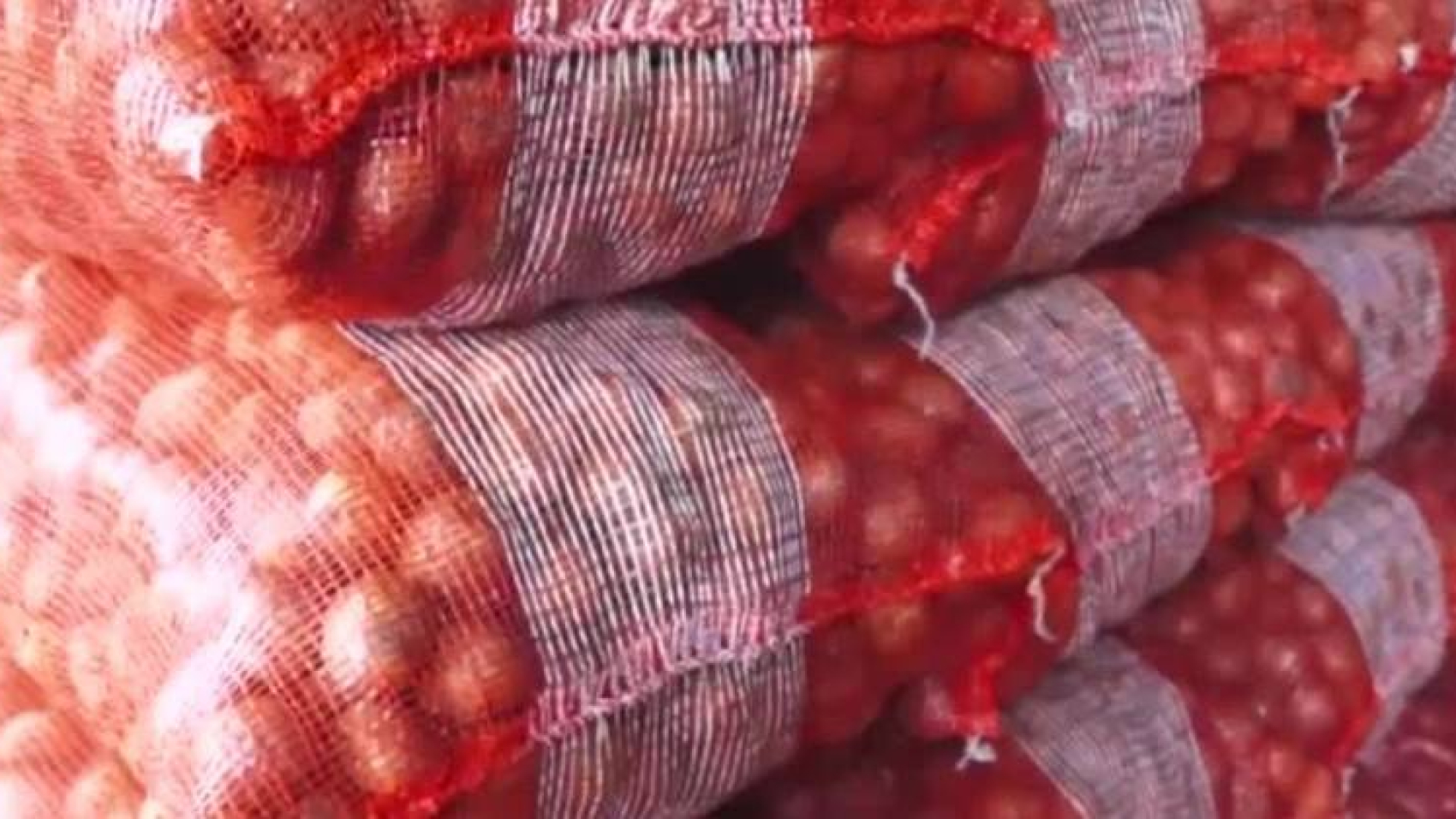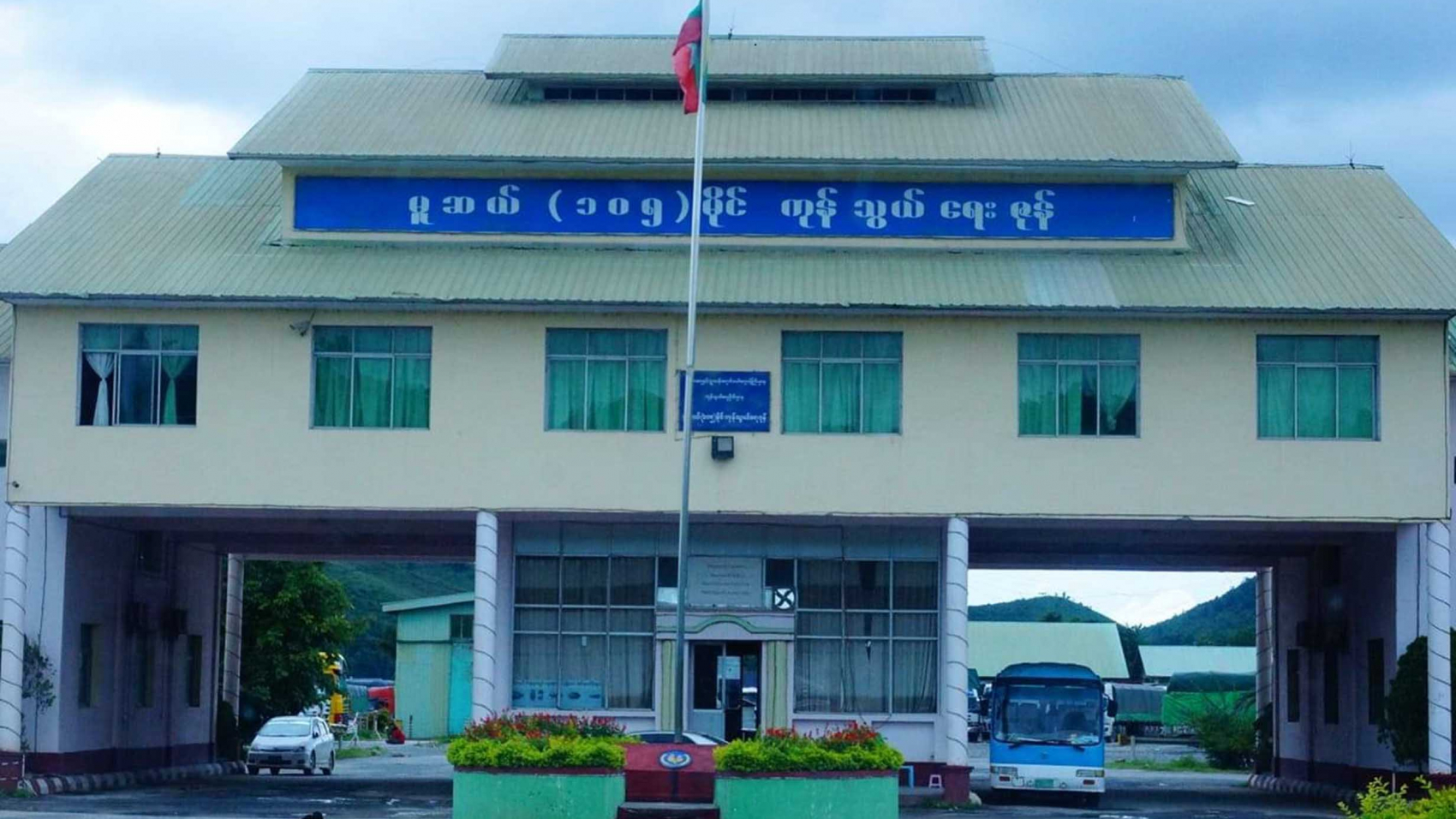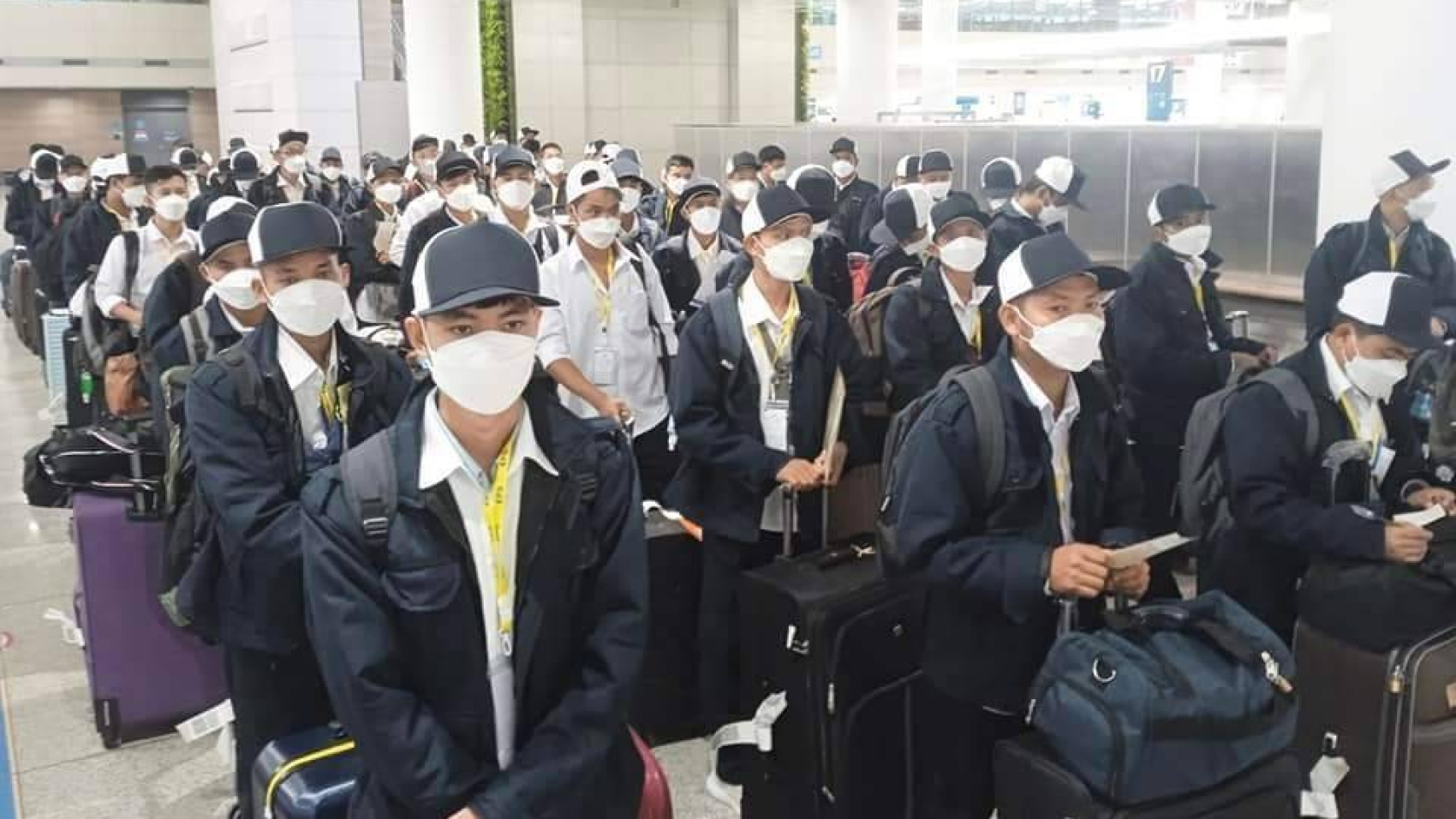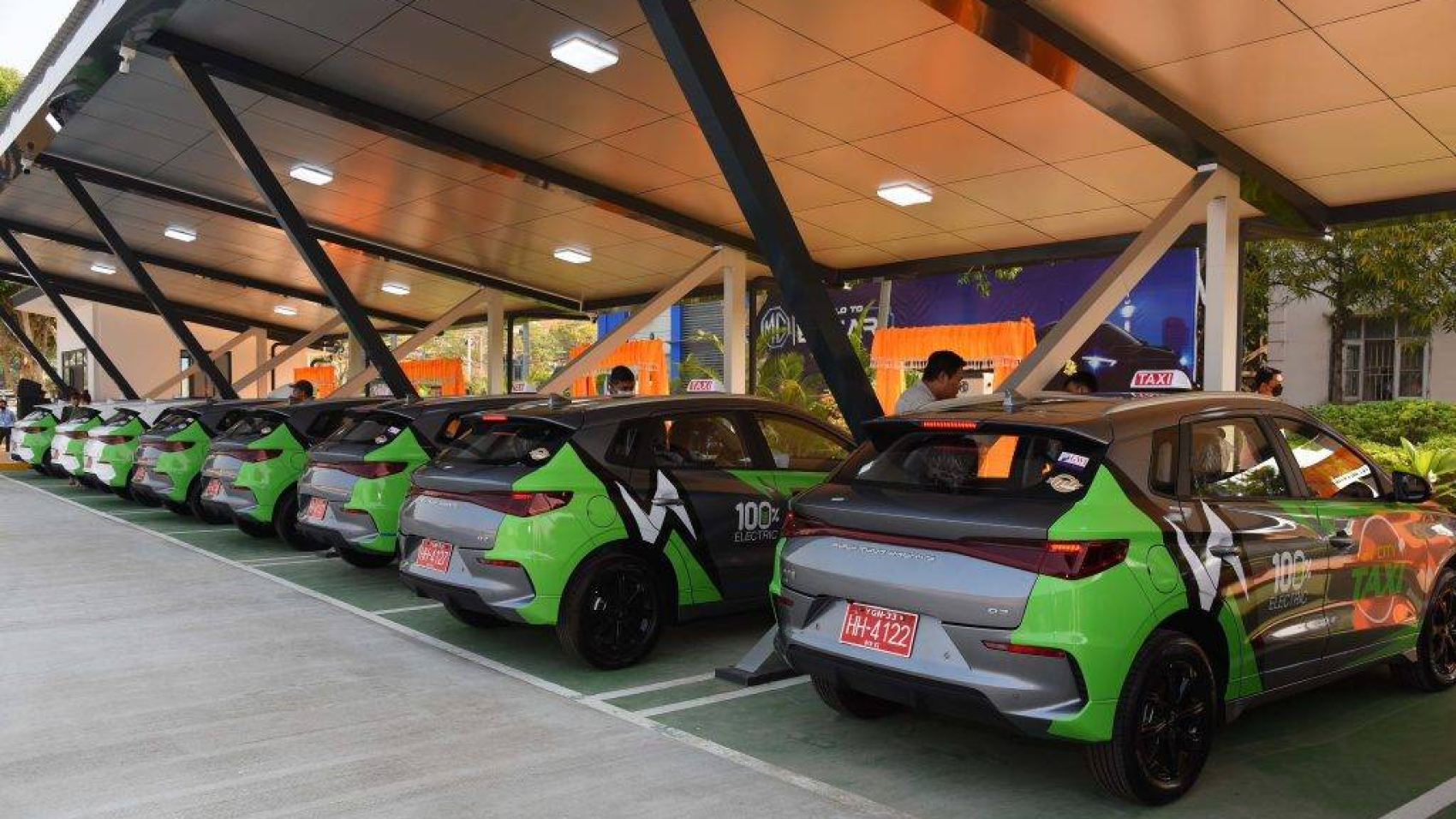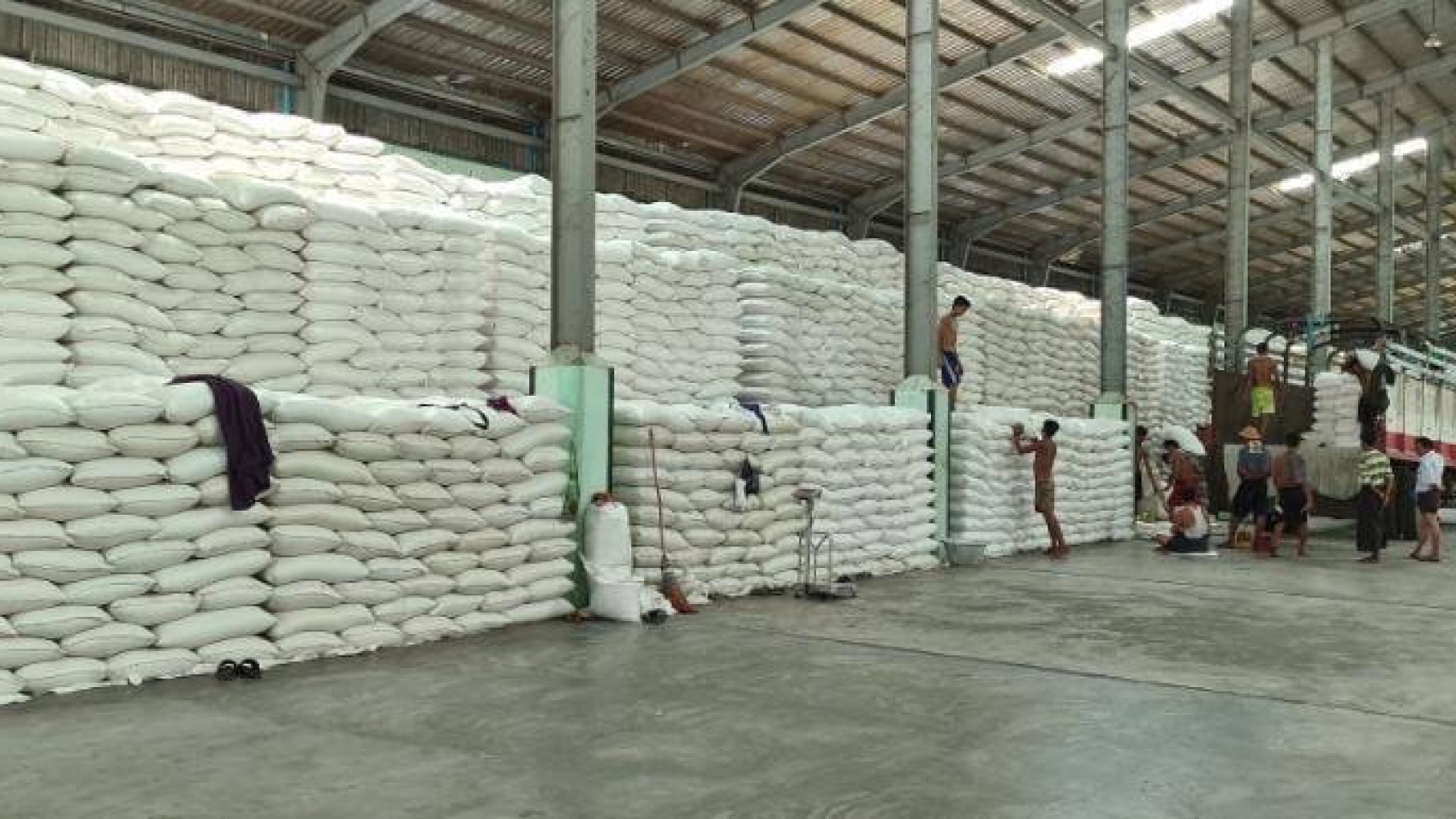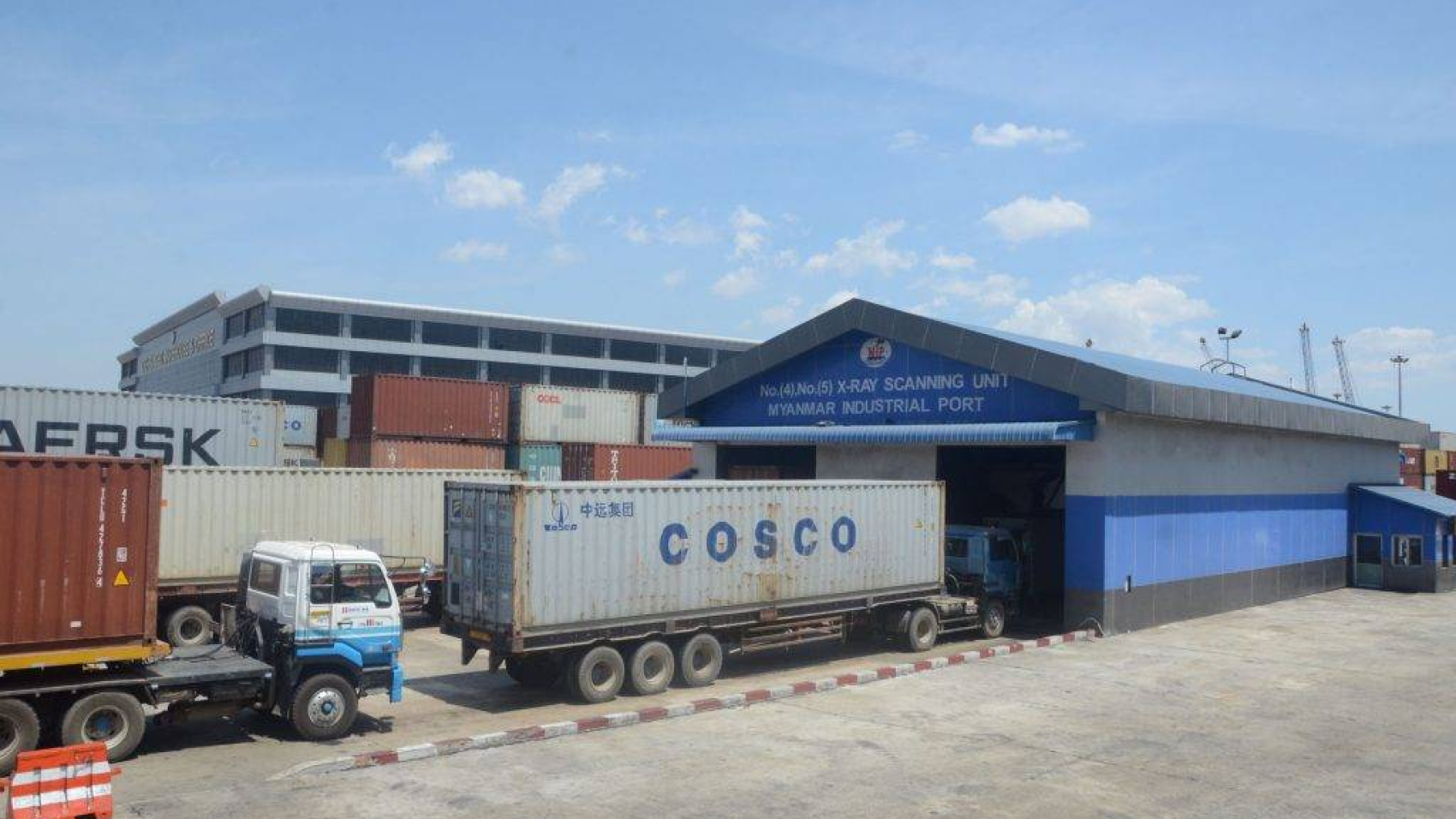Myanmar aims to deliver 100,000 tonnes of onions to external markets in the 2023-2024 financial year, according to the Ministry of Commerce. The country has planned to ship 300,000 tonnes of onions during the April-June period, 15,000 tonnes during the July-September period, 20,000 tonnes during October and December 2023 and 35,000 tonnes during January-March 2024 period to external markets. The onion output is estimated at over 1 million tonnes per year. Beyond self-sufficiency, the onions are exported to foreign countries.
More than 80,000 tonnes have been shipped to global markets so far. Myanmar’s onions are purchased from Viet Nam, Thailand, Bangladesh and China. The supply of new onions in the markets brings down the prices. The onion prices moved in the range between K1,000 and K1,750 per viss depending on the producing areas (Seikphyu and Myittha), according to Yangon Region Chambers of Commerce and Industry (Bayintnaung Commodity Depot). On 14 February, the Union Minister for Commerce gave a remark at the coordination meeting on the promotion of onion exports and price stability in the domestic market.
There are over 170,000 acres of onions across the country, with an estimated production of 1 million tonnes. He also talked about promoting interest for the growers, having fair prices for the consumers and boosting exports in harmony with domestic consumption. Officials from Myanmar Onion, Garlic and Culinary Crop Producers and Exporters Association also discussed the export barriers and export conditions through the seaborne and land borders and called for the government’s support for market expansion.
Additionally, to effectuate sustainable development in the onion export sector, government-to-government pacts to the potential markets including the Philippines, getting easy and quick access to the phytosanitary certificates, raising awareness of Good Agricultural Practices (GAP) among the growers, promoting onion exports and domestic market stability were also highlighted at the meeting. According to the Ministry of Agriculture, Livestock and Irrigation’s 2018-2019 FY statistics, onion cultivation covered over 170,000 acres. The yield rate was over 3,600 viss per acre. Mandalay Region accounts for 36 per cent of onion outputs in the country, while Sagaing Region, 32 per cent and Magway Region, 26 per cent.
Source: The Global New Light of Myanmar

